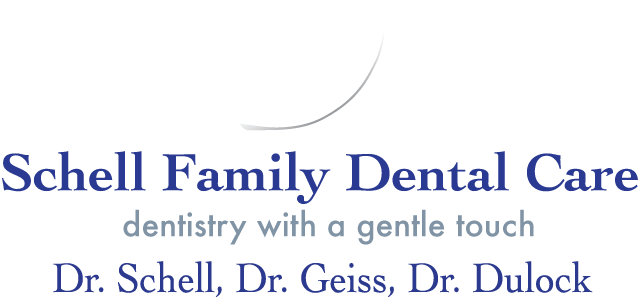What Is the Difference Between Snoring and Sleep Apnea?
Snoring
Snoring is the sound you hear when a snorer inhales during sleep. The noise occurs when the soft tissue at the back of the throat, the muscles that line the airway, and the tongue muscles relax causing the airway to narrow. As air passes through this narrow airway, it moves faster and causes the tissues to vibrate against each other producing a rattling or snoring sound.
Habitual snoring occurs in 40% of adults over age 40. An estimated 10-12% of children snore, often due to crowding of the airway from enlarged tonsils and adenoids. Overweight adults and children tend to snore more because there is more fat tissue in the neck and throat area which narrows the airway. You may be able to reduce snoring by behavioral changes. Losing weight can decrease the severity of snoring, as can avoiding alcohol, drugs, muscle relaxers, and tobacco products. Substances that relax your throat muscles, increase nasal congestion or create mucous in the throat all affect the size of your airway. Changing your sleeping position often helps too. Sleeping on your side or stomach puts less pressure on the airway than sleeping on your back.
Loud and habitual snoring can cause disrupted sleep for both the snorer and the snorer’s sleeping partner. It leads to daytime sleepiness and fatigue and can result in serious health problems. Normal, smooth, unobstructed breathing is the key to getting a restful night’s sleep.
Obstructive Sleep Apnea
Obstructive sleep apnea occurs when the soft tissue in a person’s throat repeatedly collapses and blocks the airway during sleep. These partial reductions and complete pauses in breathing last from ten seconds to one minute and can happen hundreds of times a night. Most people with sleep apnea snore loudly with periods of silence when airflow is reduced or blocked. They often make choking, snorting or gasping sounds when the airway reopens. The sleep disorder worsens with age and weight gain.
Common Signs of Sleep Apnea
• chronic daytime sleepiness
• restless sleep
• loud snoring
• periodic stoppage of breathing
• waking from sleep gasping for breath
• difficulty concentrating
• morning headaches
Diagnosis
Only a physician can diagnose sleep apnea. The diagnostic test used is an overnight sleep study called a polysomnogram (PSG). This test gives detailed information on brain and muscle activity during sleep as well as the number of partial and complete pauses in breathing. Once a diagnosis of sleep apnea has been made, your physician will discuss your treatment options.

